Cats are often perceived as independent creatures that prefer solitude over companionship. However, many cat owners know this isn’t always the case. Cats, despite their aloof nature, can experience separation anxiety, a condition where they become stressed or distressed when left alone. Helping your feline friend navigate these emotions can foster a healthier and happier life for both of you. This article will explore practical strategies and insights for managing cat separation anxiety effectively.
Understanding Cat Separation Anxiety
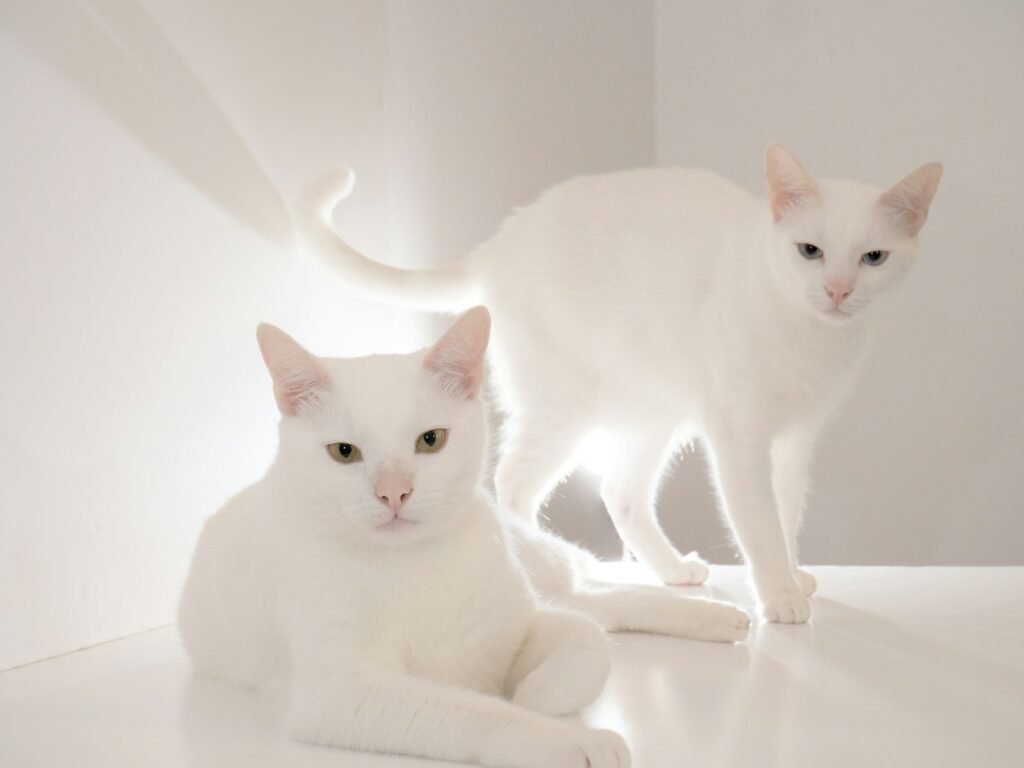
Separation anxiety in cats may not be as widely recognized as it is in dogs, but it is a genuine issue. Cats experiencing this condition might show signs of distress when their owners are absent. This can include excessive meowing, inappropriate urination, or even destructive behavior. Understanding why your cat feels this way is the first step in addressing the issue. For many cats, the stress of being alone stems from changes in their environment, lack of mental stimulation, or past traumatic experiences.
Identifying the Symptoms
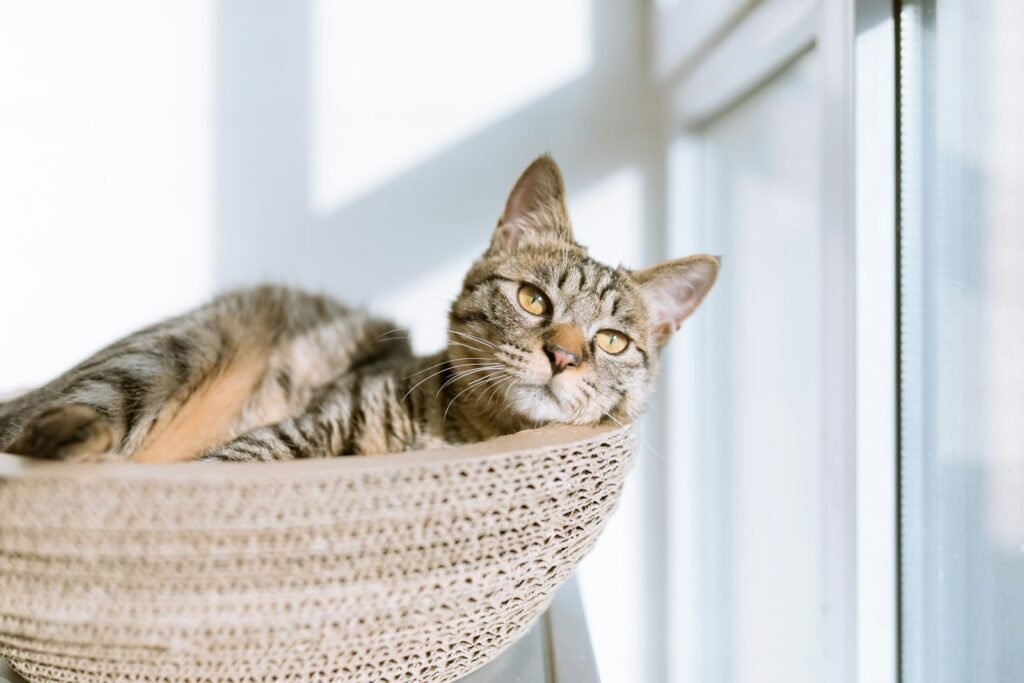
Recognizing the signs of separation anxiety in your cat is crucial. Besides vocalization and destructive behavior, other symptoms might include vomiting, loss of appetite, or over-grooming. Cats are masters at hiding their discomfort, so behavioral changes, no matter how subtle, should be monitored closely. Understanding these symptoms will help you address the root cause of their anxiety more effectively.
Establishing a Routine
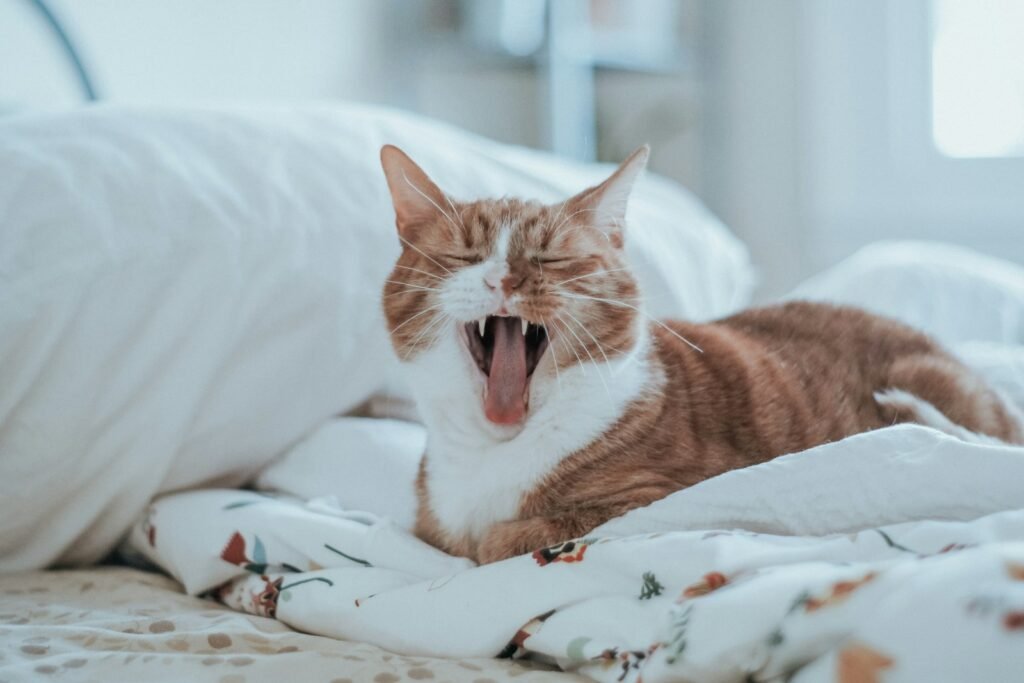
Cats thrive on predictability. Establishing a consistent routine for feeding, playtime, and interaction can provide them with a sense of security. This predictability can help reduce anxiety when they know what to expect throughout their day, lessening the fear of the unknown that often accompanies an owner’s absence.
Creating a Safe Space
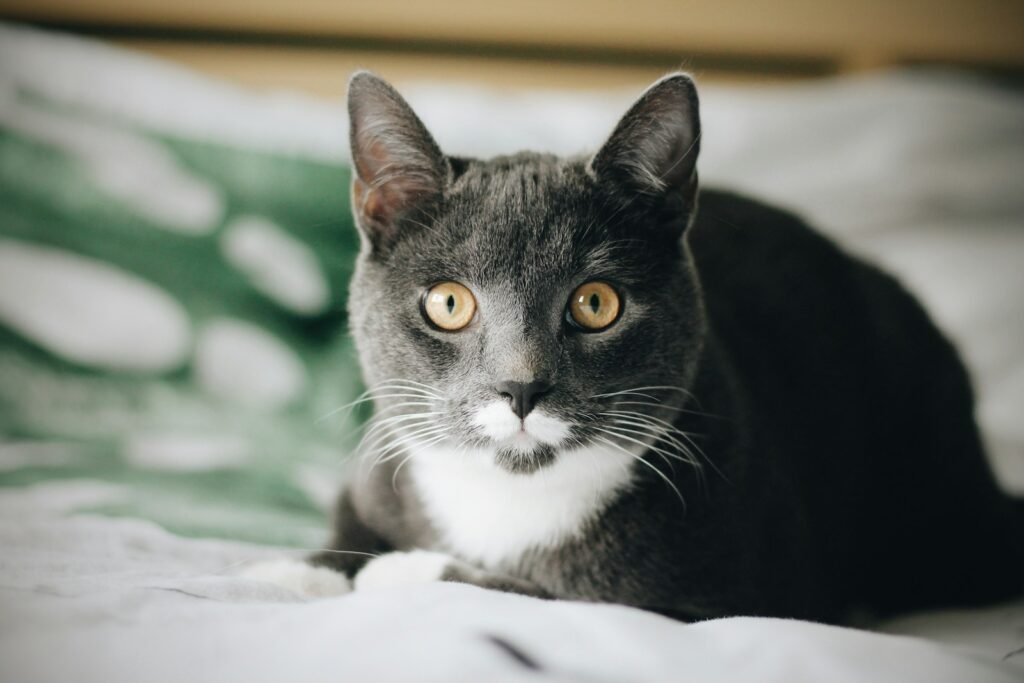
Cats need a safe, comforting environment for times when they’re alone. Consider setting aside a specific area where your cat can retreat. Fill this space with their favorite toys, a cozy bed, and some items belonging to you, like a t-shirt, to provide comfort through scent. A designated safe space can help your cat feel secure and less anxious when alone.
Interactive Toys and Puzzles
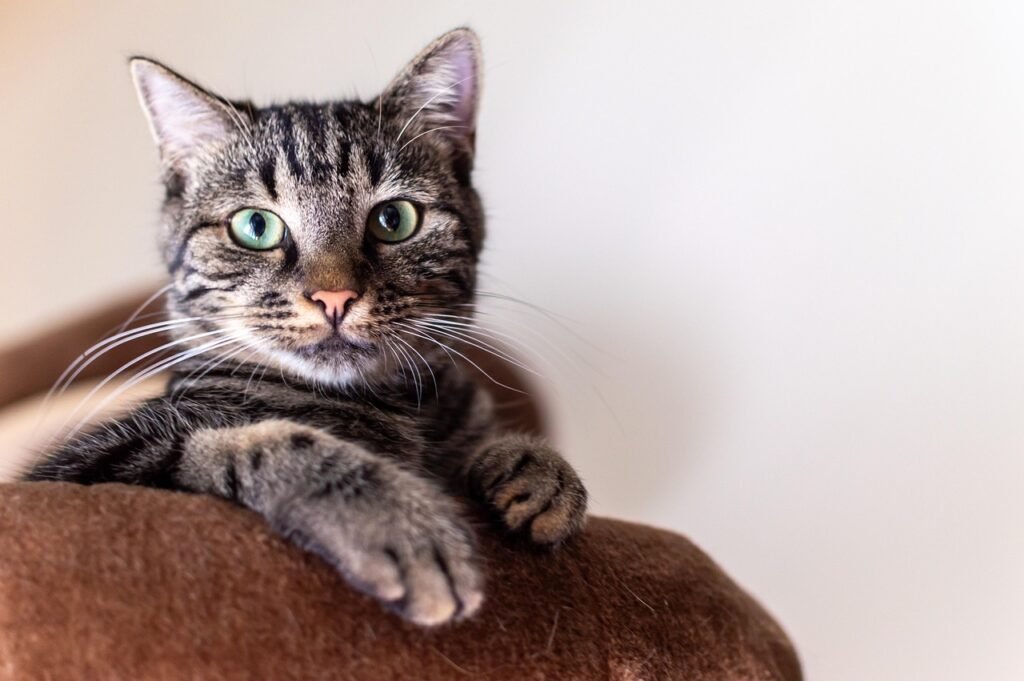
Providing your cat with interactive toys or puzzle feeders can help keep their minds engaged while you’re away. These toys stimulate a cat’s natural hunting instincts, reducing boredom and the stress associated with being alone. Options include treat-dispensing balls or puzzle boxes, which encourage physical activity and mental engagement.
Using Calming Products
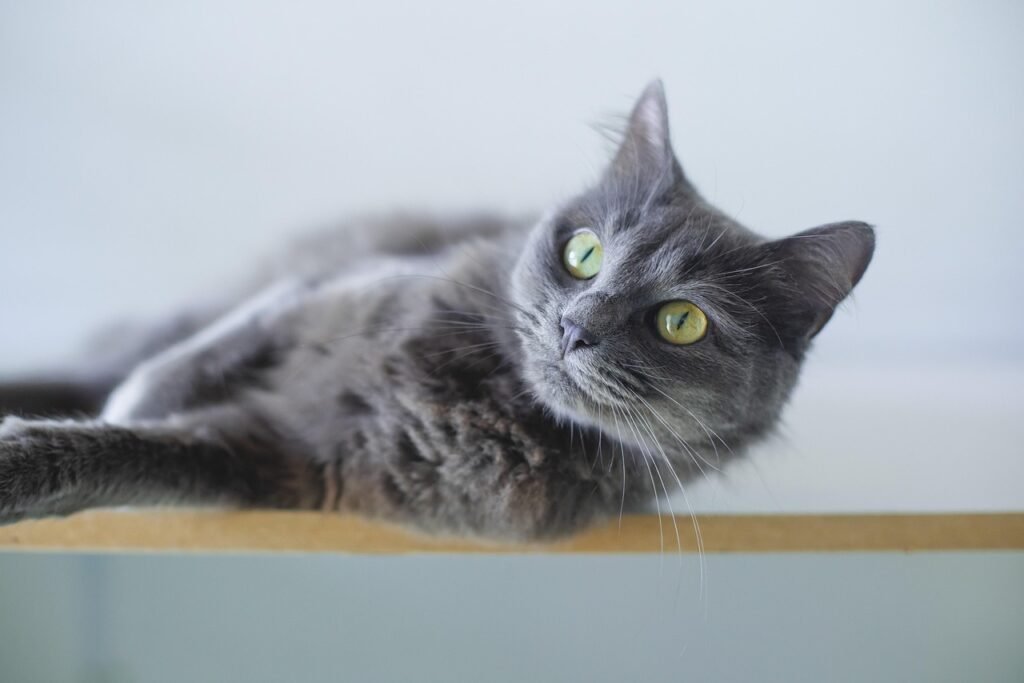
Several products on the market, such as pheromone diffusers and sprays, are specifically designed to help alleviate anxiety in pets. Feliway, for example, is a brand that replicates the natural facial pheromones cats produce, creating a sense of familiarity and calmness in their environment. Calming collars and anxiety wraps may also provide comfort during times of stress.
Desensitizing Your Departure
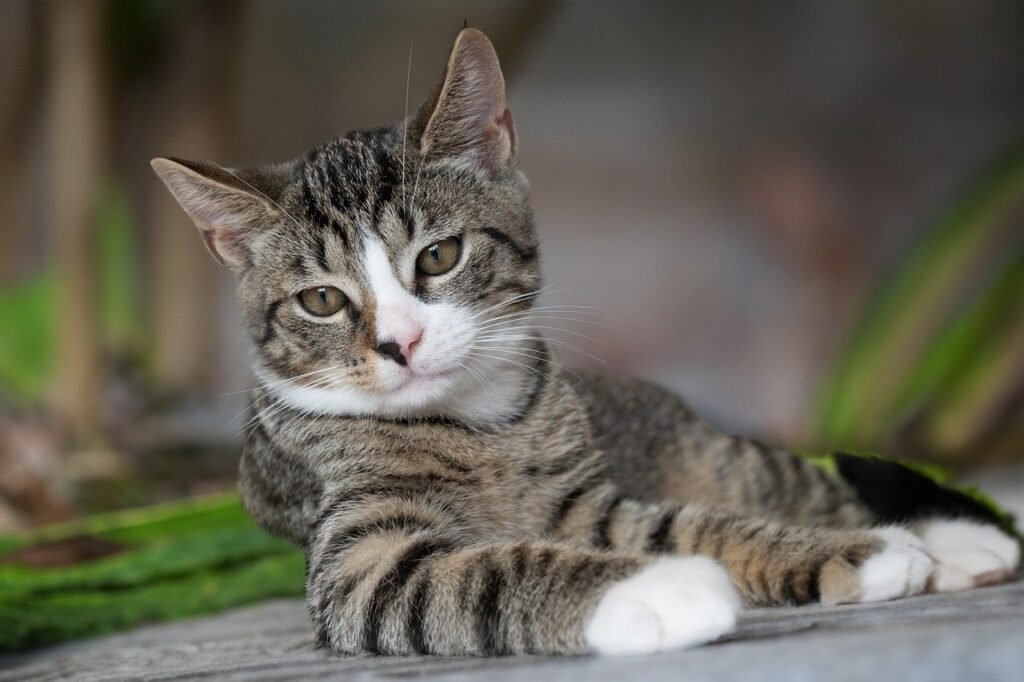
Sometimes, cats can become anxious due to the cues associated with your departure. These might include picking up your keys or putting on your shoes. By systematically desensitizing your cat to these cues—practicing them without leaving—you can help reduce their association with separation anxiety. Gradually increase the time spent away to help your cat adjust better to longer absences.
Gradual Alone Time Training
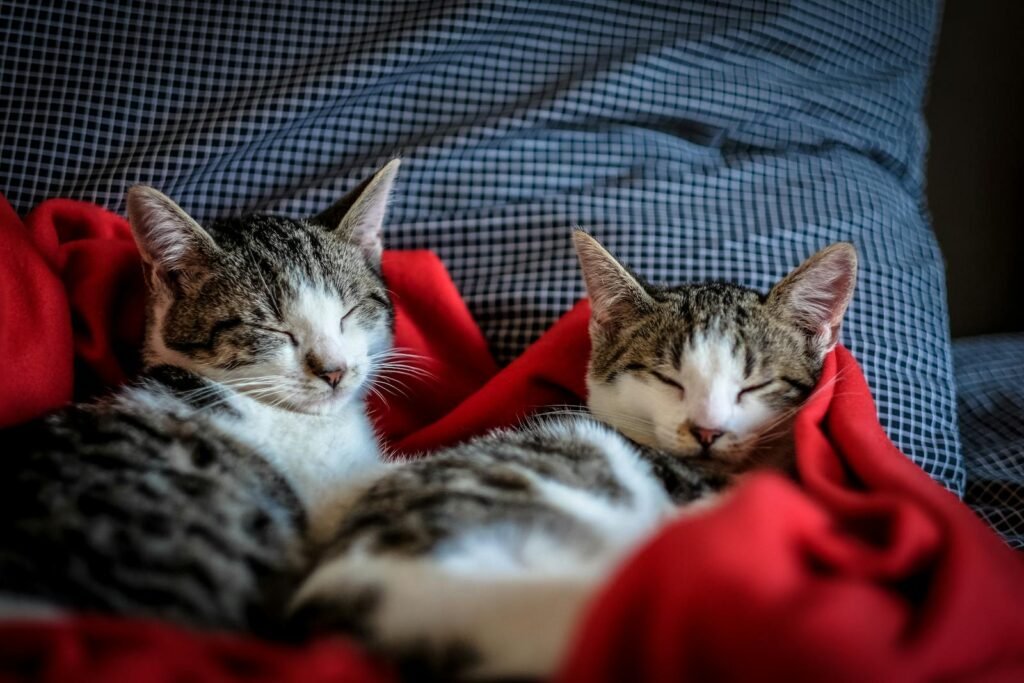
Teach your cat that time spent alone can be enjoyable. Start by leaving them alone for short periods, rewarding calm behavior with treats or affection upon your return. Gradually extend this time as your cat becomes more comfortable. The goal is to build their confidence, helping them understand that you will return.
Providing a Companion
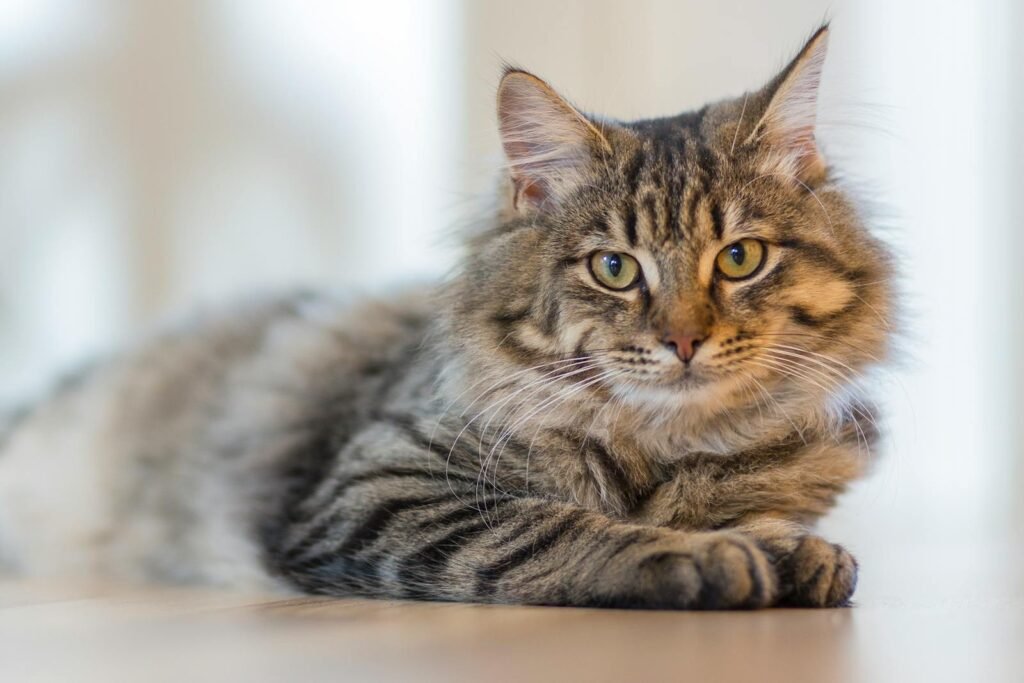
For some cats, having another feline companion can help reduce feelings of loneliness and anxiety. However, this solution requires careful consideration and introduction, as bringing a new pet into your home can also be a source of stress if not managed correctly. Ensure that your cat is comfortable with other animals before considering this option.
Consulting a Veterinarian or Behaviorist
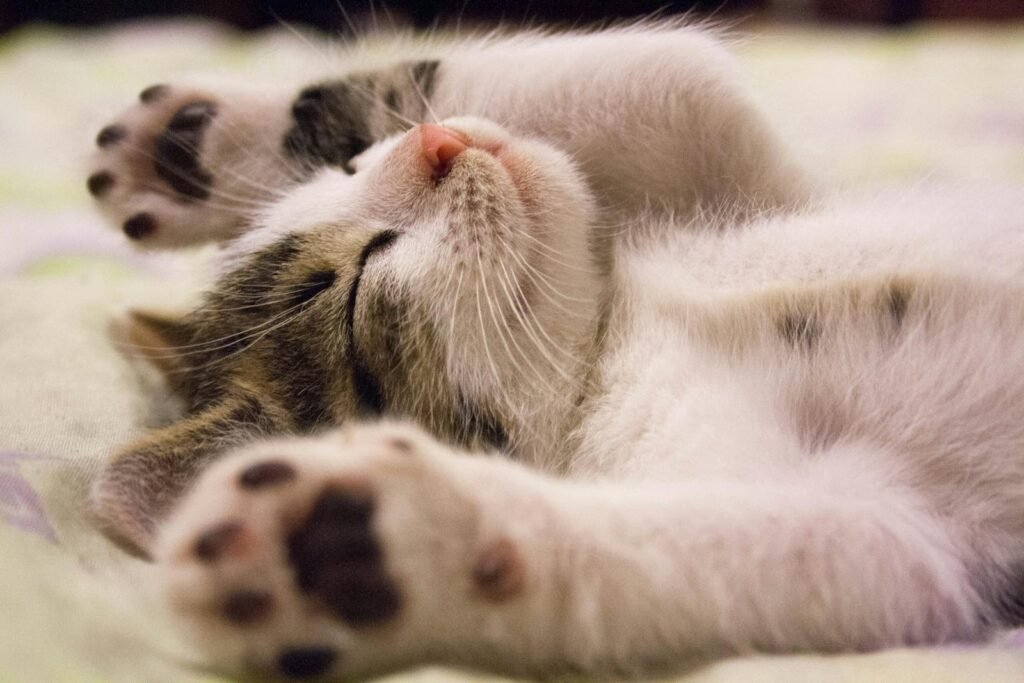
If your cat’s separation anxiety persists despite your efforts, consulting with a veterinarian or a pet behaviorist may be necessary. They can help identify any underlying health issues or provide tailored strategies and possibly recommend medication to manage severe cases of anxiety.
Conclusion: Building a Resilient, Calm Feline Companion
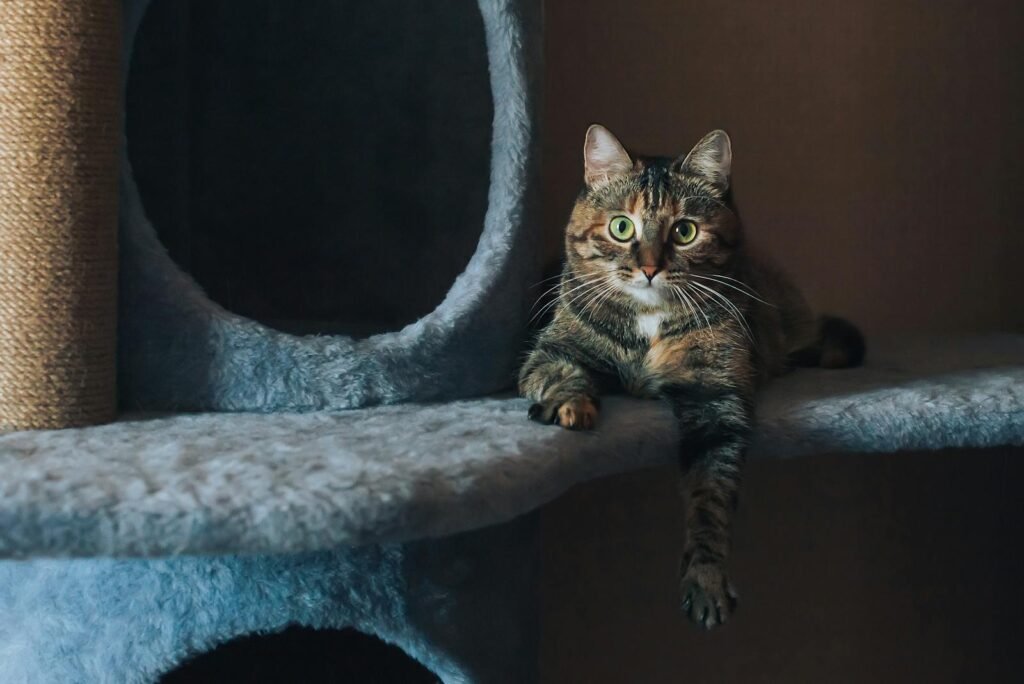
Helping your cat overcome separation anxiety involves understanding, patience, and compassion. By recognizing the symptoms and implementing the strategies outlined above, you can create an environment where your feline friend feels secure and content, even in your absence. Remember that each cat is unique, so finding the right balance of techniques is key. With time and effort, you can help your cat lead a more relaxed and anxiety-free life, ultimately strengthening the bond you share.
Hi, I’m Bola, a passionate writer and creative strategist with a knack for crafting compelling content that educates, inspires, and connects. Over the years, I’ve honed my skills across various writing fields, including content creation, copywriting, online course development, and video scriptwriting.
When I’m not at my desk, you’ll find me exploring new ideas, reading books, or brainstorming creative ways to solve challenges. I believe that words have the power to transform, and I’m here to help you leverage that power for success.
Thanks for stopping by, Keep coming to this website to checkout new articles form me. You’d always love it!






